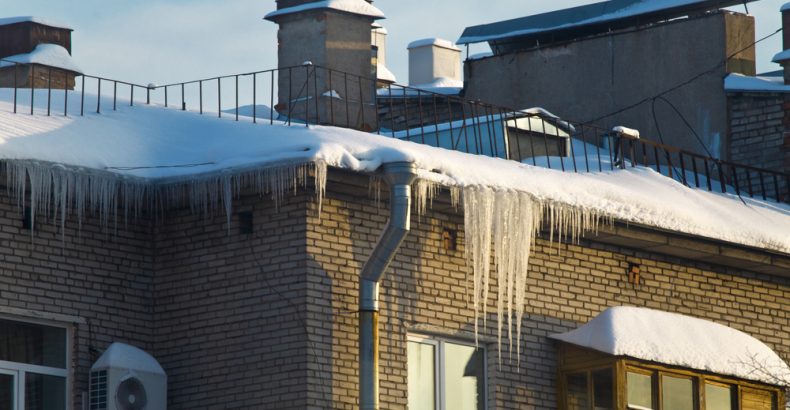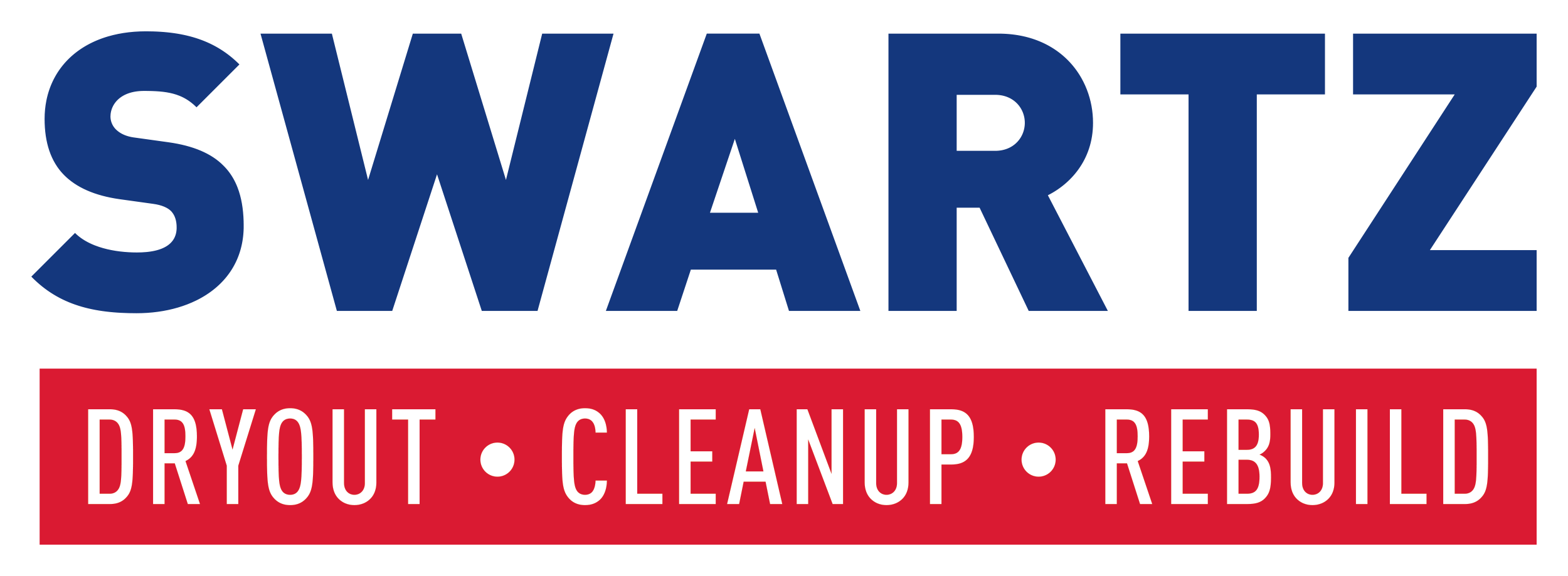
How to Prevent Water Damage from Snow and Ice
Tis the season of picture-perfect glistening white snow and frigid temperatures. Sure, snow is beautiful and with it comes the best time of the year. However, along with the beauty of winter comes the horrors of winter. If Ohio gets hit with a nasty winter as we have in years past, it could mean water damage to your home, and this is a homeowner’s worst nightmare. Here’s how you can prevent water from entering your home from the result of melting snow and ice.
After a heavy snowfall or ice storm, built-up snow and ice can do serious damage. When you see a significant amount of snow or ice build-up on your roof, it’s time to act fast. If any of the following things are happening, it is an indication that water is seeping into the ceiling and walls of the top floor of your home:
- Water stains or rings
- Blistering
- Water droplets
If there is a lot of snow or ice build-up, watch for these signs of structural damage:
- Cracks on indoor walls
- Interior doors sticking, rubbing, or not closing right
- Ceiling warping
- Unusual structural creaking
Are you aware of what an ice dam is? You’ve probably had icicles lining the edges of your roof in the winter. While these may be pretty, but they are troublesome. Icicles are a sign of a potentially serious threat: ice dams. This is usually an indication that the building is losing heat through the roof, which may be caused by poor insulation or ventilation in your attic. Inside heat will melt the snow on the roof and water will run down to the lowest part of the roof and freeze. Ice will build up along the edge of the roof and create dams. The dams prevent water from draining correctly from the roof. This results in water building up and seeping through the walls and ceiling. How do you prevent ice dams?
First, it’s important to keep an eye on your attic. Check the edges of your roof regularly to ensure there are no ice dams. Inspect the inside of your attic and seal the openings that could let warm air out of your home. This is also a good time to seal the spaces between batt insulation strips. Make sure that your attic is cool and well ventilated. If it’s cool, any snow on your roof will be less likely to melt and cause dams. Also, make sure your attic floor is insulated well to prevent heat from escaping your home and making its way through the roof and forming a layer of ice.
You might be asking yourself, “well can’t I just avoid all of this by clearing the snow and ice from my roof?” The short answer is yes, but you need to be careful when you remove the snow and ice from your roof. You don’t want to come into contact with electrical wiring, falling off your roof, or damaging your roof. Prevent injuries and dangers by hiring someone to do it for you; someone who has the right equipment to get the job done safely and correctly. If you do decide to do it on your own, know the risks and proper safety measures. To prevent damage to your shingles, leave at least 2 inches of snow so your tools never come into contact with your roof. It is recommended to use a roof rake with a telescopic handle and work from the ground.
You may want to consider installing a snow and ice shield on top of the sheathing and beneath the shingles to cover the overhang of the roof. This will prevent water from making its way into your home where it doesn’t belong. It is also important that you remember to remove snow and ice from stairs, doors, emergency exits, and balconies immediately and thoroughly.
What happens if you do have to live the water damage nightmare? Have no fear, Swartz Contracting is here! When you have a flood, pipe break, an unexpected roof leak or a sump pump backup, water damage can be your worst enemy. With hundreds of water restoration projects completed, Swartz Contracting & Emergency Services is the best solution to get your home or business back to its pre-loss condition. For more information about our water damage restoration services, call 419-331-1024.
